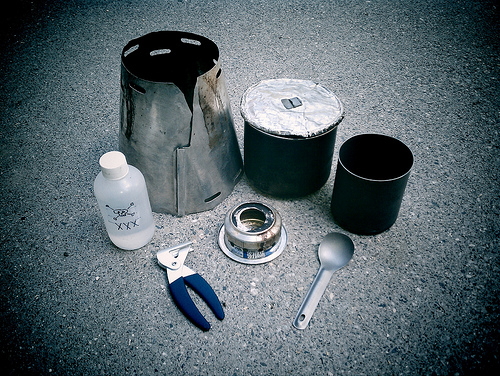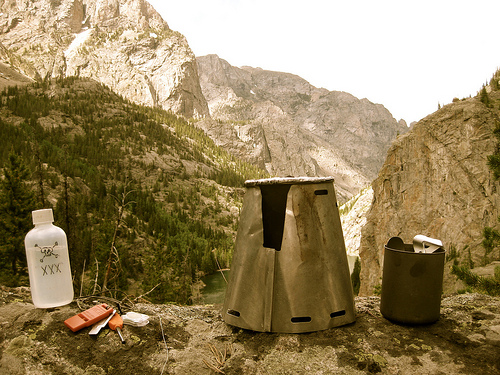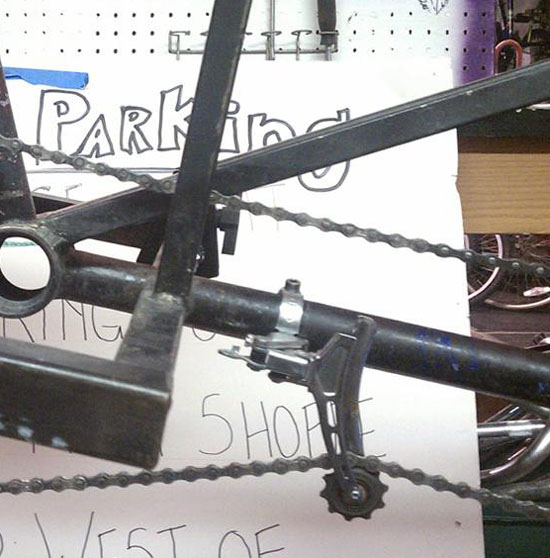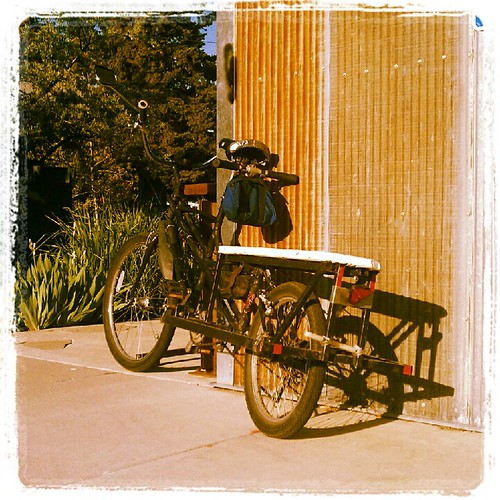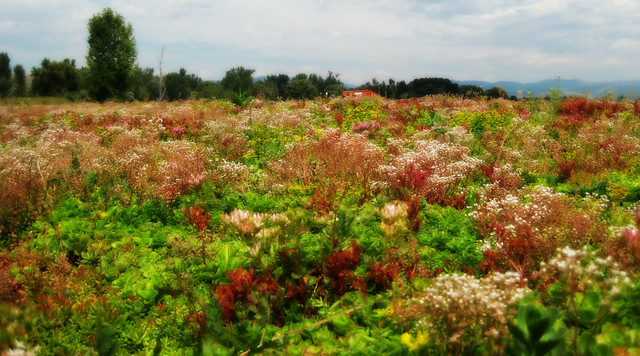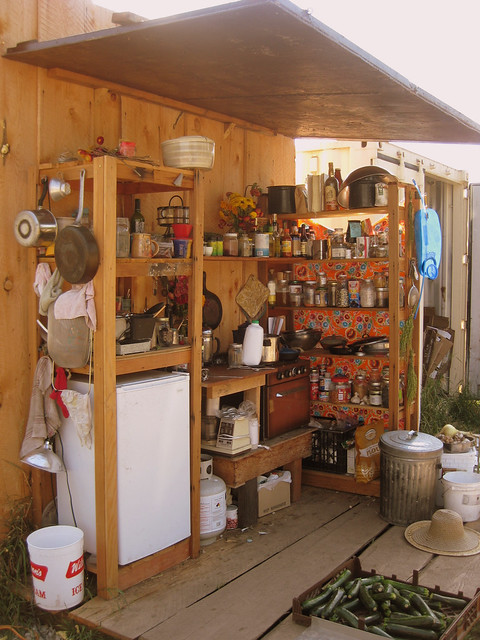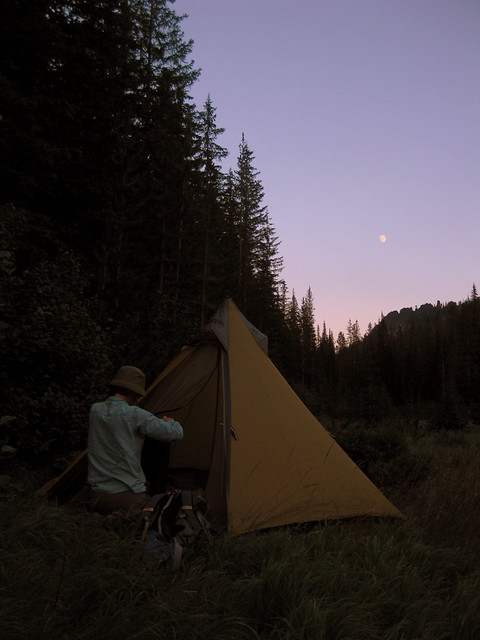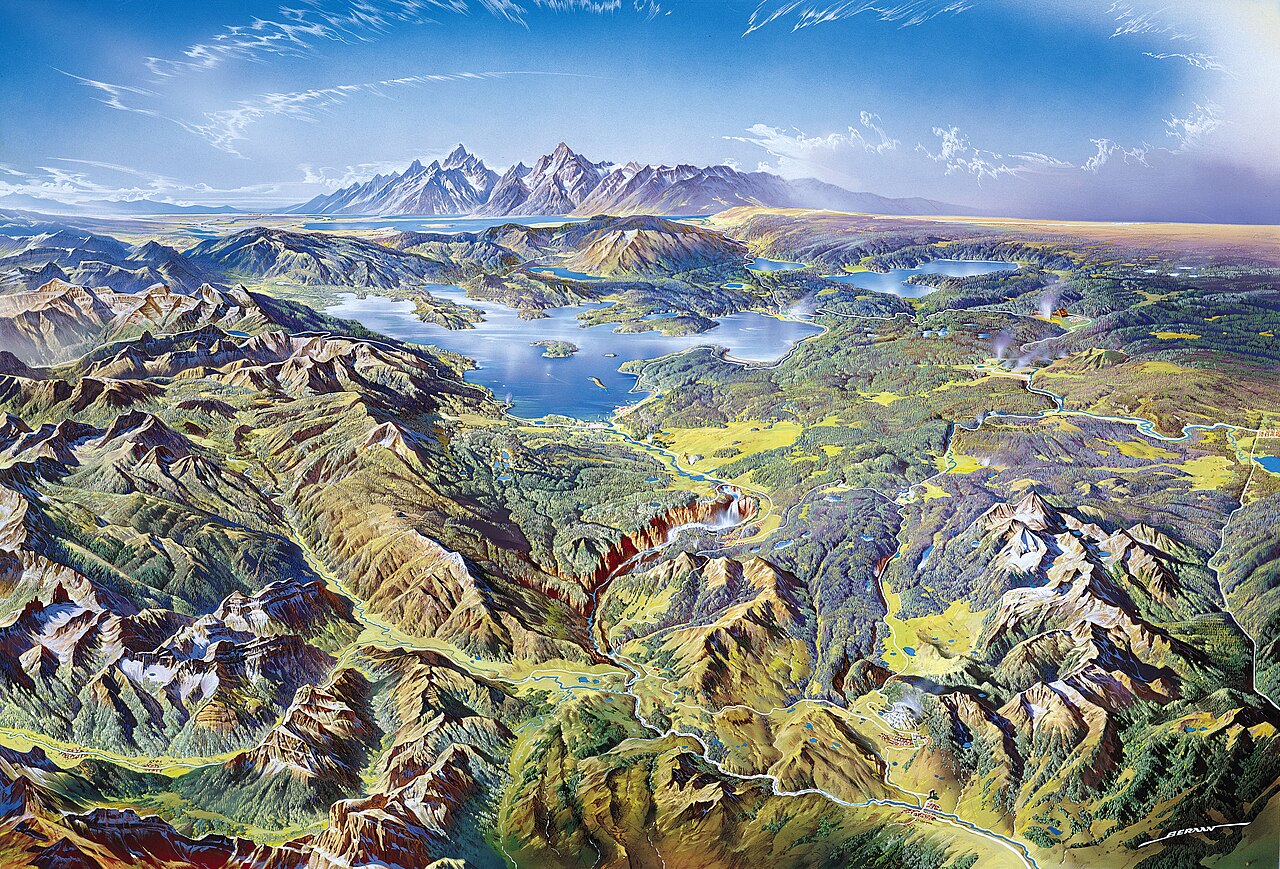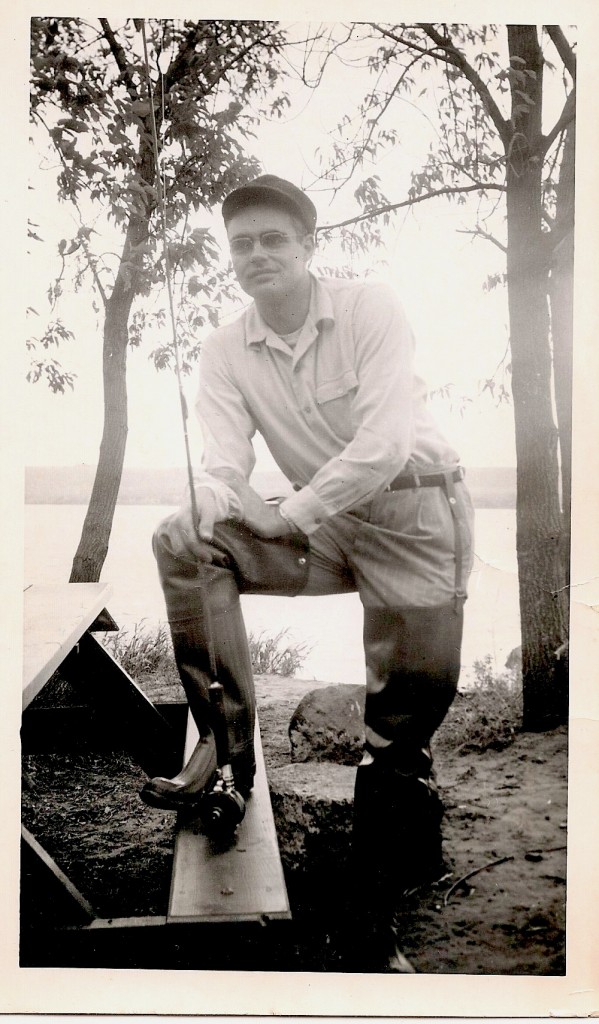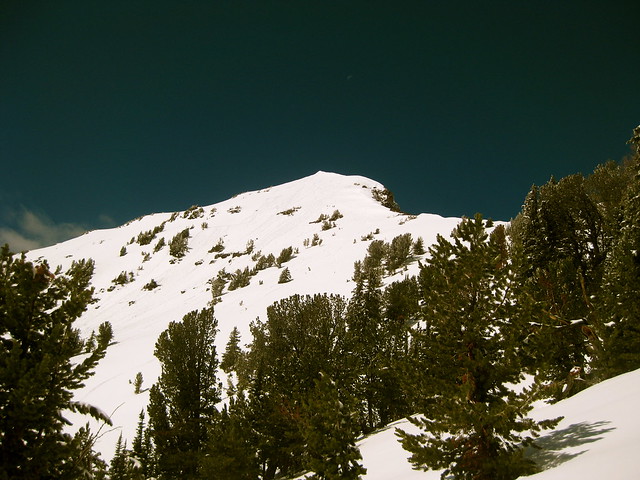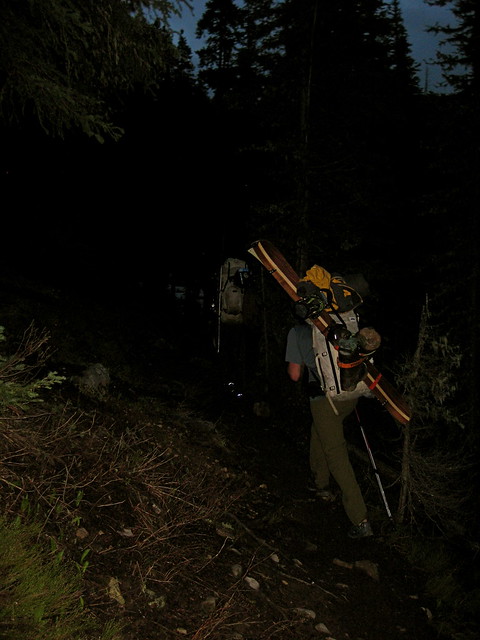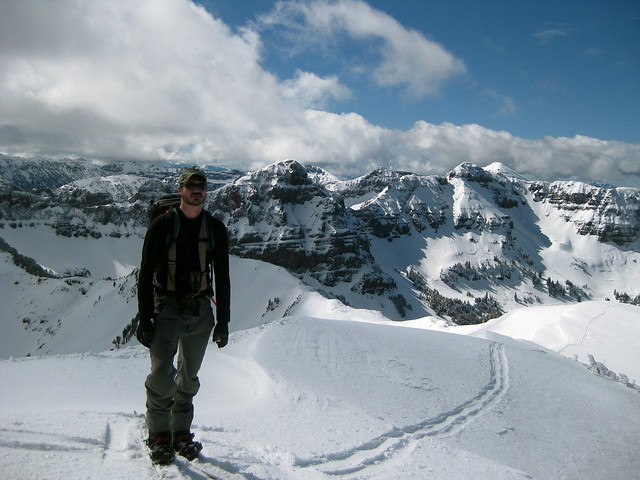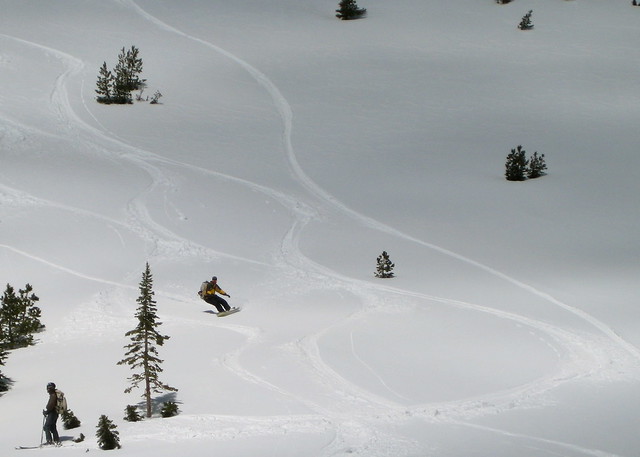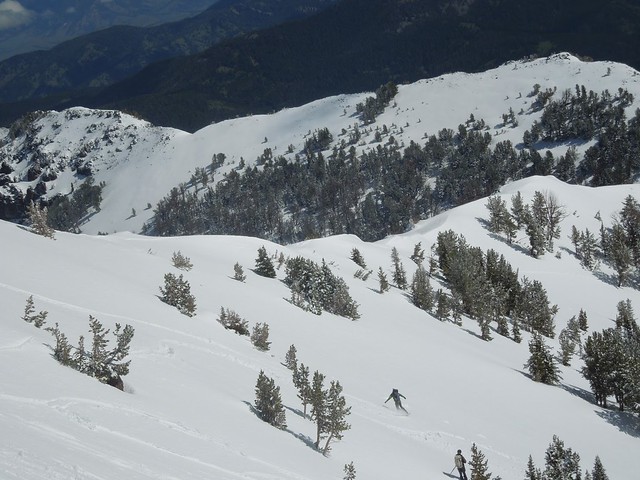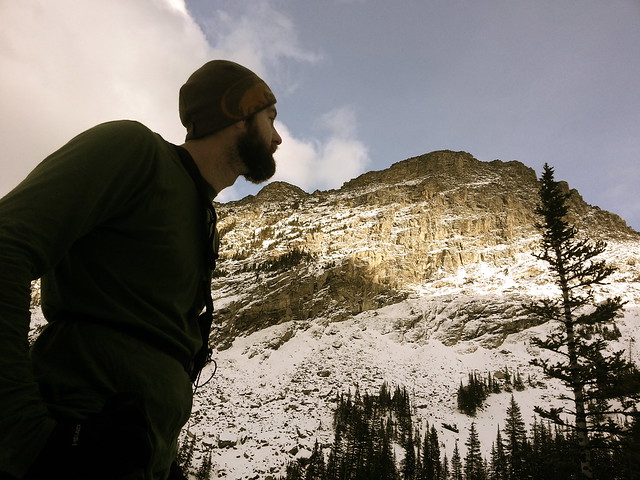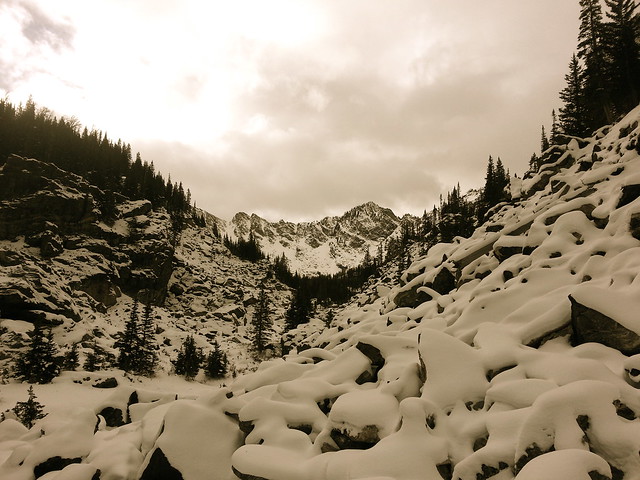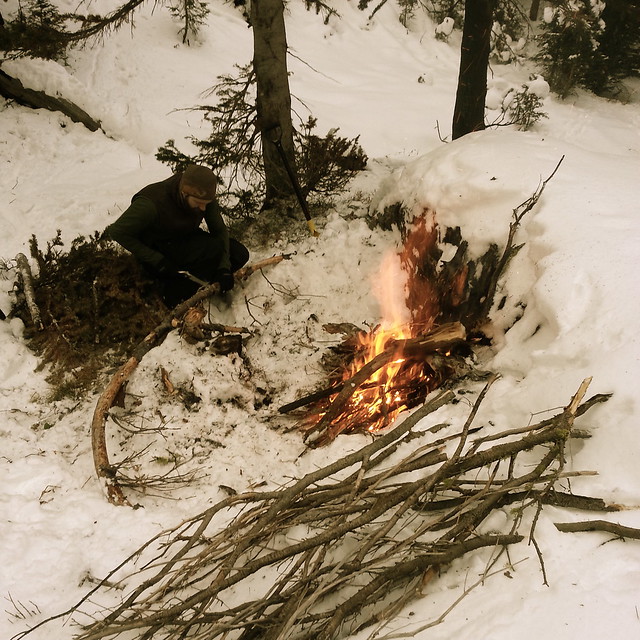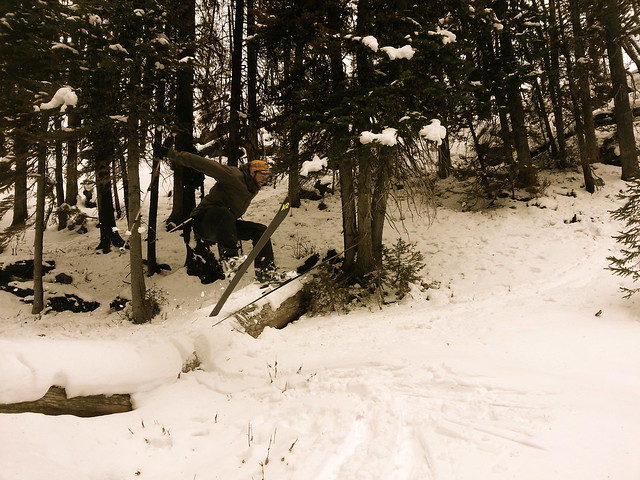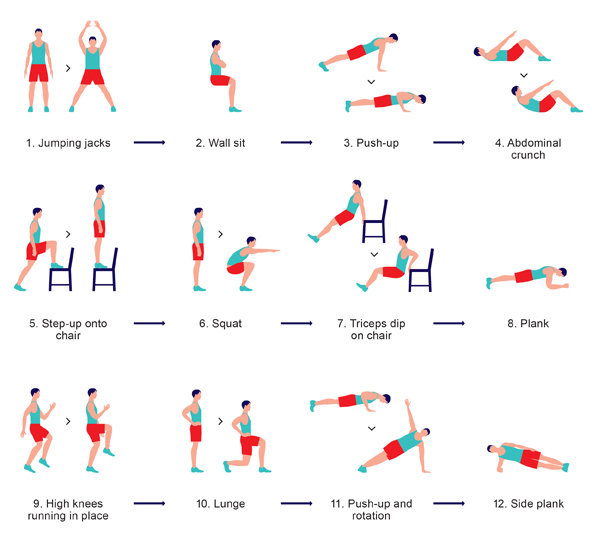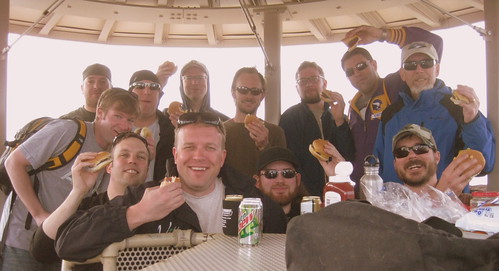The route was picked last week, the meals were planned, and the gear lists were dialed. Friday night would be devoted to car shuttling and then a gentle valley approach of about four miles to a late night camp. The next day would be an aggressive mountain pass probably requiring multiple miles of over snow travel and then day three would entail a long exit valley out to the awaiting car.

Car shuttling
The car shuttle worked out great. It was a beautiful Friday night in SW Montana for a drive down long dirt roads with million dollar views of snow-capped mountains in the distance. We hit the trail at 19:30 knowing darkness would fall about two hours later so we hightailed it down the trail to walk as far as we could until dusk, then make camp.

The East Fork Mill Creek trail

Scared up a couple bears
Hiking at dusk means a higher chance at seeing wildlife while they’re foraging for dinner. We scared up two bears and two elk on our hike in.

Snow-capped mountains at dusk
My buddy Mike noticed a small trickle of water running across the trail and a good looking game trail that exited off to the side so we followed it to see if it would lead to a good camping spot – and it did. Complete with a little spring, very soft patches of earth to lay our bivies and tarps, and some stout trees to hang our bear rope were to be had.

This ain’t our first rodeo. Cooking after dark.
The sun rose at 05:00 and I leaned over to see if my dog was getting cold and wrap some of my sleeping quilt around him. My watch read 30 deg F and I could see frost on the grass all ’round my tarp. Times like this, lying under your tarp, wrapped in your cocoon of a quilt are some of those that just make you feel alive.
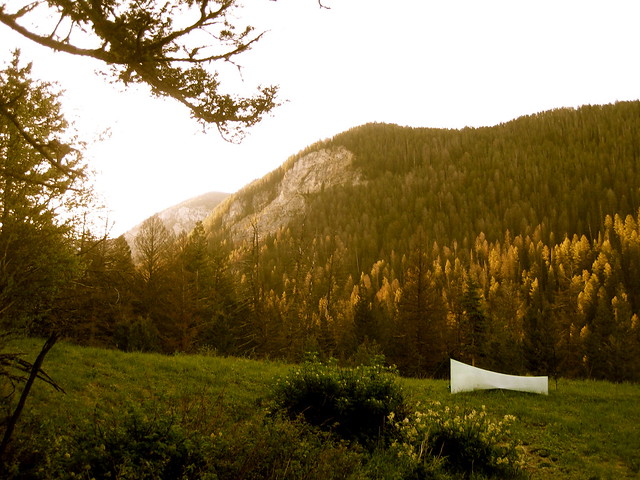
Sunrise
Mike was still sleeping so Gus (my dog) and I awoke, gathered some kindling, and got hot water going on the Bushbuddy. The frost was slowly melting in the sun which was also warming Gus and I and felt great.

Bushbuddy Ultra
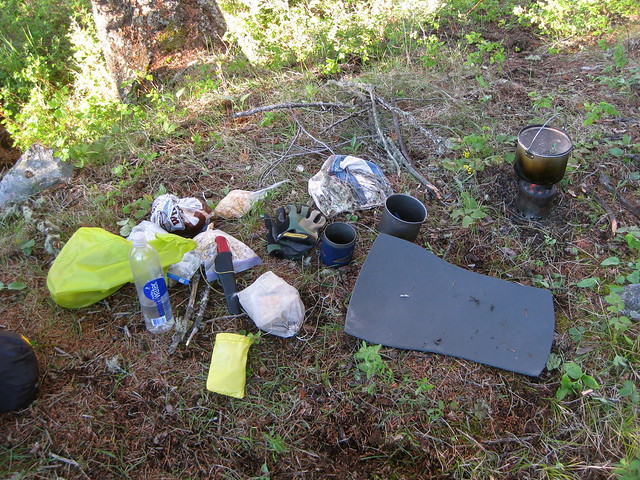
Camp cookery
After breakfast we hit the trail hoping to get as much of an early start onto the snowfields we had to cross that hung a few thousand feet above us. We made great time and reached snow as we approached 8,000 ft elevation. All was going great, the trail wasn’t too hard to find, and everything around us was beautiful.
The dogs were exploring every which way as we proceeded uphill until something caught Jax dog’s eye. Many a wilderness trip has been shut down by a necessary trip to the veterinarian and unfortunately ours would be no different as Jax decided to pick a fight with a porcupine.
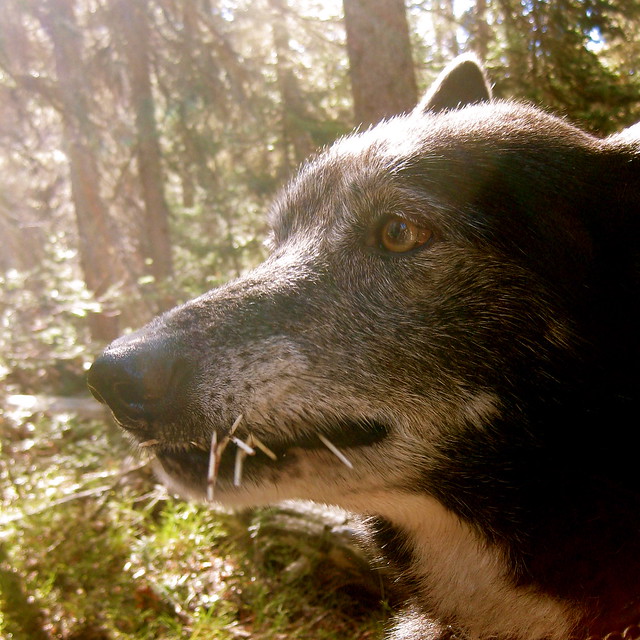
Jax has bad judgement when he comes to picking fights
We reflected on the situation, pulled as many quills as we could and considered our options. Continue hiking over and out to the end (15+ miles) or turn around and go back the way we’d come (8 miles plus backtracking the 2 we’d already done that morning for 10 total miles) and opted for the latter. Back the way we’d come.
Mike and I have been in the Mill Creek drainage three times and two of those times we’ve been thwarted in a larger goal. Once by raging whitewater and the second by a damn porcupine.
We hiked out pretty fast – or at least as fast as Old Gus dog would allow. It was a beautiful day and felt good to be hiking even if it was in the “wrong” direction.

Hiking out to the vet
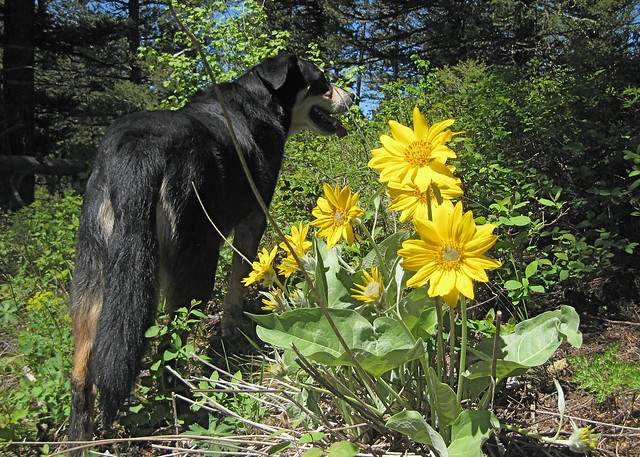
Gus
We got back to the car and hightailed it back to town to get Jax to the vet for some quill removal. All went smoothly and we then had time for another beautiful drive to go and retrieve the car awaiting at the end of our intended destination. We made the most of the night by grilling some spectacular burgers and drinking beer.
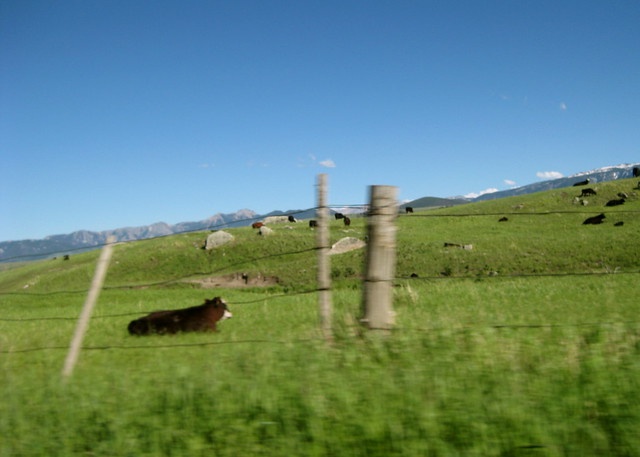
Montana backroads
We’ll get up and over that pass someday. I’ve been at it from three angles and there’s lots of micro-country to be explored around the Boulder Mountain area. Just leaves me an excuse to go back!

